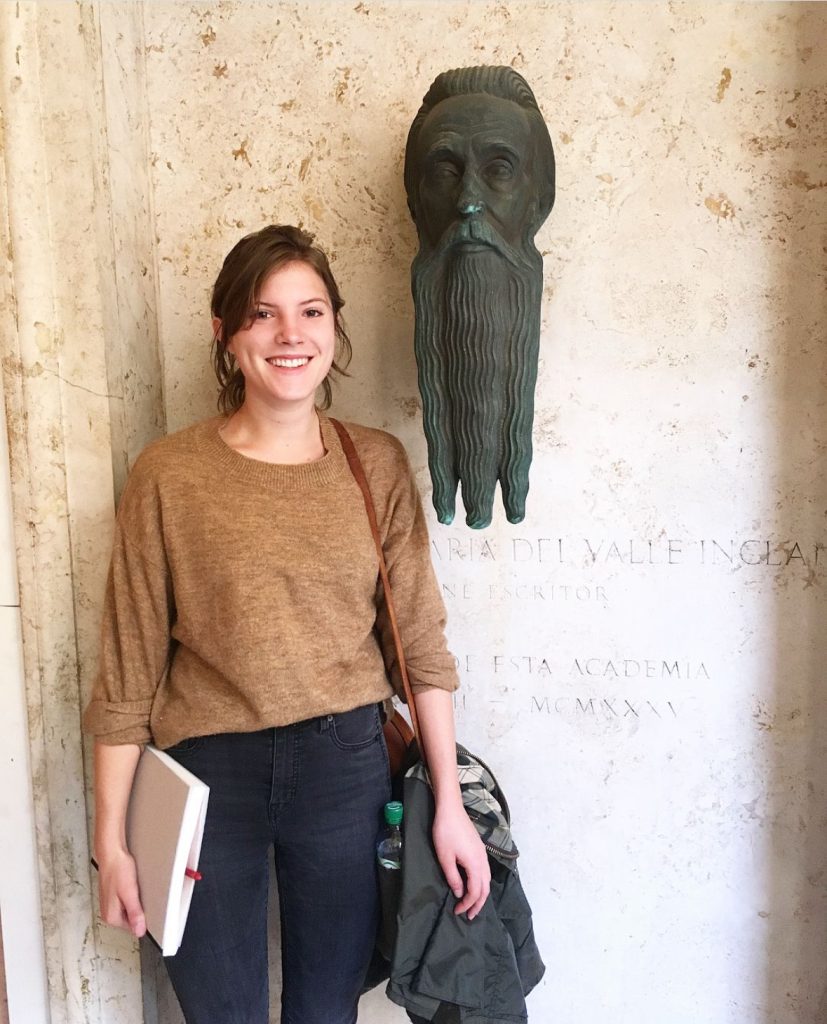A few weeks ago, AIA Virginia and their Design Committee hosted the Design Forum XVI, focusing on [Un]Certainty: Reflections on Craft at the Cyber Frontier. The event and accompanying discussions, were both humbling and thought-provoking, as I sat with my peers to listen to the wonderful words of Dwayne Oyler, Ted Flato, FAIA, Billie Tsien, AIA, and Rick Joy, FAIA. The presentations were humbling, in that we were able to learn about truly beautiful pieces of architecture and design through the knowledge and insight of the guest speakers, but equally thought-provoking, as the presentations of work were followed by discussion and dialogue between the audience and speakers. Personally, I have always been a fan of architectural lectures, but something about this weekend’s event felt sentimental and wholesome, with colleagues from around the country gathering to reflect on past experiences and speak optimistically about the future of our field.
The first guest speaker, and moderator for the weekend, Dwayne Oyler, started his discussion by asking us all to define “craft”. A quick Google search will tell you that “Craft” is “an activity involving skill in making things by hand”. By definition this seems true, but yet… unsatisfying. Yes, there is value in craft by hand, but in a world where fewer and fewer things are made “by hand”, how do we as young architects strive to hone our own craft? Are there elements related to craft that can still be achieved using mouse and keyboard shortcuts in lieu of pen and paper?
I have had a few days since the Forum to sit and ponder my own definition of “craft”, both broadly and in its relationship to architecture. I am reminded of Billie Tsien’s comments, about the importance of being able to recognize “the hand” in spaces. Though this can refer to the physical presence of humanity, such as a beautifully hand-chiseled piece of stone, I think this can also apply to intentionality in detailing – in those precious moments of both perfection and flaw. Perfection, for example, when numerous planes and materials meet in a thoughtfully detailed manner and the heavens sing down at a corner! Or flaw, where the rigor of order and rules is broken to highlight something that could have otherwise been tucked away into the grid. As I start to define my own definition of “craft”, I find that my thoughts linger towards ineffable or intangible qualities that are evoked by human emotion. It is through these qualities – the touch of a worn handle, the smell of a space after it rains, or the sound of a room filled with people that suddenly goes quiet – that I think we can truly start to appreciate and sense the craft of humanity. When something – an object, work of art, or space, can evoke an emotional response, is this where we find true craft? And if so, is craft limited to humanity? Some of my favorite objects are not crafted by hand but are found rocks that have been shaped and worn by Mother Nature. My “pocket rocks” as I call them, kept safe in the various coats I wear throughout the seasons, are for all sakes and purposes “crafted” by my own definition – they evoke emotional responses each time I hold them and rub my fingers along their smooth and jagged edges. If Mother Nature is capable of craft (for we all know she has had years of practice), then the bigger question needs to be asked – is AI also capable of producing crafted objects? Or, can we consider the use of AI a craft of its own, synonymous with sculpting or woodworking?
I hesitate to even ask this, for the answer is a bit daunting. If the use of AI is in fact a craft, or AI can produce crafted things, does this mean that our roles of architects, designers, craftsmen, etc… will become obsolete? This thought forms pessimistic and yes, black-mirror-type scenarios in my mind. However, I am reminded of the hopeful optimism of our guest speakers. Of their belief in our innate need to feel and connect with humanity, with flaws, with intangible qualities. I do believe that there is craft to be found in using AI, but feel that this can only be achieved through the lens of the human spirit and mind. AI is, after all, another tool for us to use and take advantage of. It cannot achieve emotional connectivity without input from human ideas and design, without a sense of thoughtfulness, which in my mind, separates crafting from making. True thoughtfulness is developed and cultivated over years of experience – through trial and error, open-mindedness, an eagerness to learn, and above all, a sense of pride found in creating things through your own abilities and ideas.
All this rambling to say – craft is of the human hand, whether physically or metaphorically, and it is something we as architects and designers should strive to hone and personalize over time. Its definition holds different meanings to each of us but can be connected through a shared appreciation of perceived thoughtfulness.
Thanks for reading.
Ashleigh Walker, Assoc. AIA
Associate Director, AIA Virginia Board of Directors

